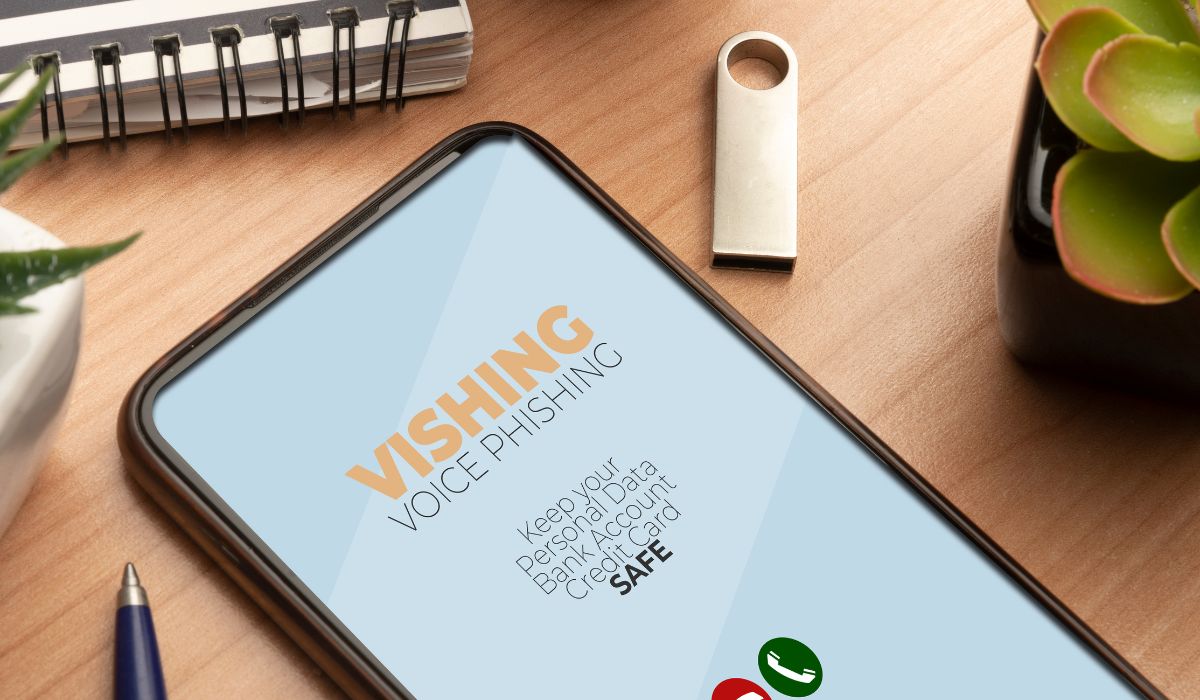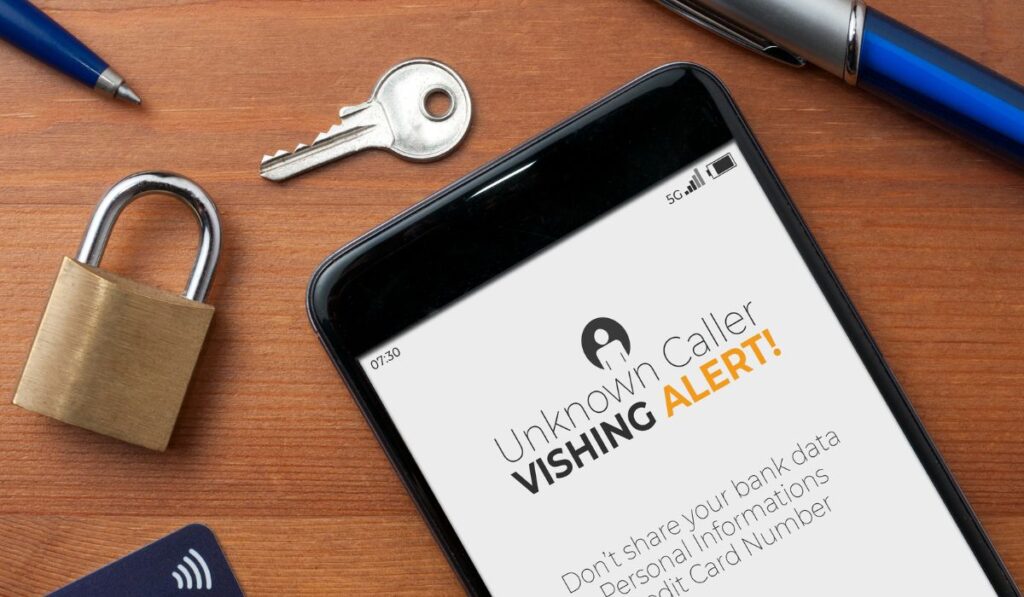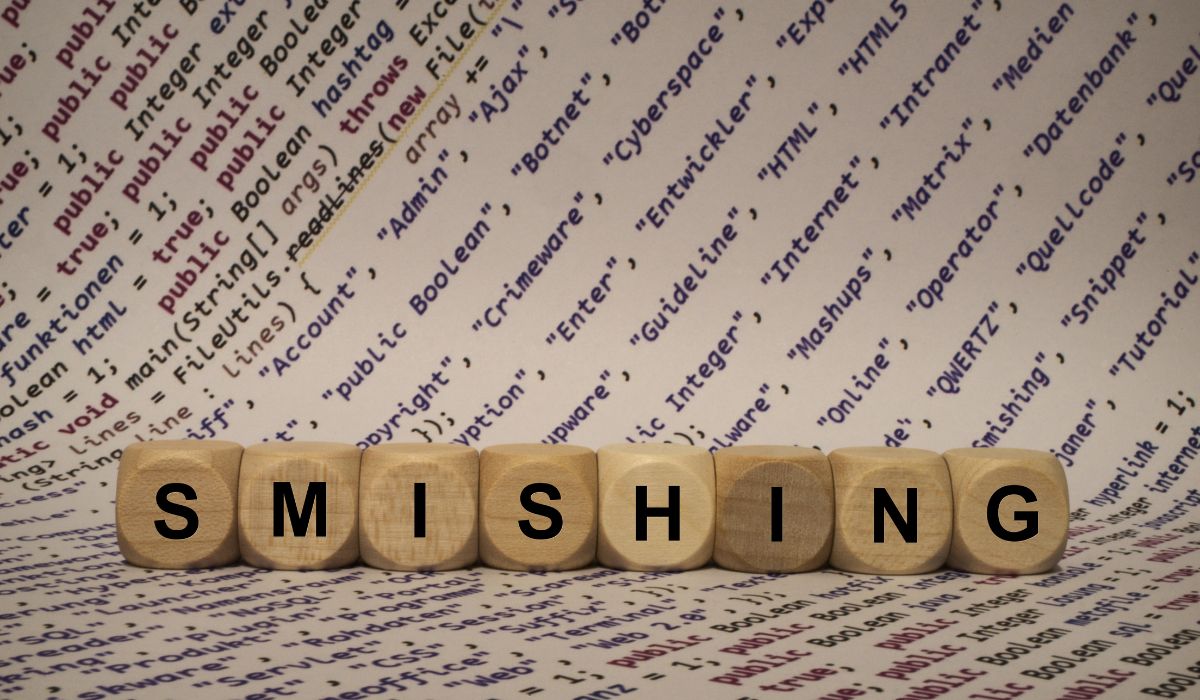Stay Protected Online: Defend Against Social Media Phishing with Pillar Support
Social media platforms have become an integral part of our lives, offering us opportunities to connect, share, and engage with others. However, along with the benefits, there are also risks that come with using social media. One such risk is social media phishing, a prevalent form of cyber attack that aims to deceive and manipulate users into sharing their personal information, login credentials, or financial details.
In this article, we will delve into the world of social media phishing, exploring its definition, tactics used by attackers, and the potential consequences for unsuspecting users. We will also provide valuable insights on how to recognize and prevent social media phishing attacks, empowering you to protect yourself and your personal information in the digital landscape.
Join us as we unravel the complexities of social media phishing and equip you with practical tips and strategies to stay safe online.
Table of Contents
What Is Social Media Phishing?
Social media phishing is a deceptive technique used by cybercriminals to trick users into divulging their personal information, login credentials, or financial details on social media platforms. It involves creating fake profiles, malicious links, or imitating trusted entities to gain the trust of unsuspecting users. Once the trust is established, the attackers manipulate users into sharing sensitive information or performing actions that compromise their security.
There are various forms of social media phishing. Fake profiles are created to appear legitimate and trustworthy, often impersonating well-known individuals, companies, or organizations. These profiles engage with users and attempt to extract personal information or gain access to their accounts. Malicious links are another common tactic used in social media phishing, where users are enticed to click on links that lead to fraudulent websites or download malware onto their devices. Account takeover is yet another form of social media phishing, where attackers gain control of a user’s social media account to carry out fraudulent activities or spread malicious content.
It is important to stay vigilant and cautious while using social media platforms to avoid falling victim to social media phishing attacks. By understanding the tactics employed by cybercriminals and being aware of the signs of phishing, you can better protect yourself and your personal information in the digital realm.
Common Social Media Phishing Techniques
Social media phishing utilizes various techniques to deceive and manipulate users. Some of the common techniques employed by cybercriminals include:
Impersonation
Attackers create fake profiles or accounts that closely resemble legitimate individuals, organizations, or brands. These fraudulent accounts may use similar names, profile pictures, and content to trick users into believing they are interacting with a trusted source. The goal is to gain the users’ trust and extract sensitive information or carry out fraudulent activities.
Link Manipulation
Phishing attackers often share malicious links on social media platforms. These links may appear harmless or enticing, leading users to click on them. However, the links redirect users to phishing websites that mimic legitimate websites, such as banking portals or online stores. Once users enter their login credentials or personal information on these fake websites, the attackers capture and misuse the data for malicious purposes.
Account Hijacking
Cybercriminals target social media accounts with weak security measures or compromised credentials. They gain unauthorized access to these accounts, either through phishing techniques or by exploiting security vulnerabilities. Once in control, the attackers may use the compromised accounts to distribute phishing messages, spread malware, or deceive the account owner’s contacts into sharing sensitive information.
It is important to remain cautious while using social media platforms and be vigilant about the authenticity of profiles, links, and requests. By being aware of these common social media phishing techniques, users can take proactive steps to protect their personal information and stay safe online.
Signs of a Social Media Phishing Attack
Being able to recognize the signs of a social media phishing attack is crucial for protecting yourself online. Here are some common signs to watch out for:
- Requests for Personal Information: If you receive direct messages, comments, or notifications on social media platforms asking for your personal or sensitive information, such as passwords, Social Security numbers, or financial details, be cautious. Legitimate organizations or individuals would not request such information through social media platforms.
- Suspicious URLs: Pay attention to the URLs shared on social media. Phishing attackers often use misspelled or altered domain names to trick users into clicking on malicious links. These URLs may appear similar to legitimate websites but lead to fake login pages or sites designed to steal your information. Before clicking on any link, hover your cursor over it to view the actual URL and verify its authenticity.
- Unusual Behavior from Contacts: If you notice unusual behavior from your known contacts, such as receiving unexpected messages or posts that seem out of character, their accounts may have been compromised. Attackers may use hacked accounts to send phishing messages or share malicious content. If in doubt, reach out to the person through another channel to confirm the legitimacy of their messages.
It’s important to stay vigilant and cautious when using social media platforms. By being aware of these signs, you can help protect yourself and avoid falling victim to social media phishing attacks.
Protecting Against Social Media Phishing Attacks

Protecting yourself against social media phishing attacks is essential to keep your personal information secure. Here are some best practices to follow:
Strengthen Passwords and Enable Two-Factor Authentication
Use strong, unique passwords for your social media accounts and enable two-factor authentication whenever possible. This adds an extra layer of security by requiring a verification code in addition to your password for account access.
Verify Account Authenticity
Be cautious when interacting with accounts that claim to represent organizations or public figures. Look for verified badges or check if the account has gone through an official account verification process. Avoid sharing personal information with unverified or suspicious accounts.
Be Cautious of Unsolicited Messages and Suspicious Links
Avoid clicking on links shared through direct messages, comments, or posts from unknown or untrusted sources. These links may lead to phishing websites or download malware onto your device. Be particularly wary of messages or links that ask for personal information or financial details.
Educate Yourself about Social Media Phishing Techniques
Stay informed about the latest social media phishing techniques and scams. Regularly update your knowledge on new threats and tactics employed by attackers. This will help you recognize and avoid potential phishing attempts.
By following these preventive measures, you can significantly reduce the risk of falling victim to social media phishing attacks and protect your personal information. Remember to exercise caution, trust your instincts, and report any suspicious activity to the respective social media platform.
Best Practices for Social Media Phishing Prevention
To prevent social media phishing attacks, it’s important to adopt these best practices:
Regularly Review Privacy and Security Settings
Take the time to review and adjust the privacy and security settings on your social media accounts. Limit the visibility of your personal information and posts to trusted connections only.
Avoid Oversharing Personal Information
Be cautious about the information you share on your public profiles. Avoid sharing sensitive details such as your address, phone number, or financial information. The less information available to potential attackers, the lower the risk of falling victim to social media phishing.
Use Reliable and Up-to-Date Antivirus Software
Install reputable antivirus software on your devices and keep it up to date. This helps detect and prevent phishing attempts, malware, and other security threats.
Report and Block Suspicious Accounts or Content
If you come across suspicious accounts, messages, or content on social media, report them to the platform. Most platforms have reporting mechanisms to address phishing and other malicious activities. Additionally, consider blocking accounts that engage in suspicious or inappropriate behavior.
Be Mindful of Third-Party Applications
Exercise caution when granting permissions to third-party applications that request access to your social media accounts. Only authorize applications from trusted sources and review the permissions they request before granting access.
Stay Informed and Educate Yourself
Stay updated on the latest social media phishing techniques and scams. Regularly educate yourself about the evolving tactics used by cybercriminals to target users on social media platforms. This knowledge will help you recognize and avoid potential phishing attempts.
By following these best practices, you can enhance your security on social media and reduce the risk of falling victim to social media phishing attacks. Remember to stay vigilant, think twice before clicking on suspicious links, and report any suspicious activity to the social media platform.
Pillar Support: Strengthening Defenses Against Social Media Phishing
At Pillar Support, we understand the growing threat of social media phishing and the importance of protecting your online presence. Our team of experts specializes in social media security and phishing prevention, providing tailored solutions to enhance your social media account security and safeguard your sensitive information.
With our expertise, we offer customized strategies and recommendations to help you stay one step ahead of social media phishing attacks. We analyze your current security measures and identify potential vulnerabilities in your social media accounts. By implementing robust security measures, such as strong passwords, two-factor authentication, and privacy settings optimization, we help fortify your defenses against phishing attempts.
In addition to enhancing your security, we provide comprehensive fraud awareness training to educate you and your team about the latest social media phishing techniques and best practices. Our training programs equip you with the knowledge and skills to identify and respond effectively to potential threats, empowering you to maintain a secure online presence.
At Pillar Support, we prioritize your online safety and work closely with you to create a strong defense against social media phishing attacks. Our dedicated team is committed to providing exceptional support and guidance, ensuring that you have the tools and knowledge to navigate the evolving landscape of social media security.
Visit our website or contact us today to learn more about how Pillar Support can strengthen your defenses against social media phishing and protect your valuable online presence.
Frequently Asked Questions
What Is Phishing Social Media?
Phishing social media refers to the use of deceptive techniques to trick users on social media platforms into sharing sensitive information or performing actions that compromise their security. It involves creating fake accounts or profiles, sharing malicious links, and manipulating users through messages or comments.
Is Phishing a Social Media Attack?
Yes, phishing can be carried out through social media platforms. Cybercriminals use social media to exploit users’ trust and manipulate them into divulging personal information or clicking on malicious links. Social media phishing attacks are becoming increasingly common and pose a significant risk to users’ online security.
What Are Instagram Phishing Examples?
Instagram phishing examples include fake login pages designed to steal users’ credentials, messages or comments from fake accounts asking for personal information, or malicious links disguised as enticing content. These techniques aim to deceive Instagram users and gain unauthorized access to their accounts or sensitive information.
What Are the Warning Signs of Social Media Phishing?
Warning signs of social media phishing include receiving unsolicited messages or friend requests from unknown or suspicious accounts, requests for personal information or financial details, misspelled or unusual URLs in shared links, and unusual behavior from known contacts. Being vigilant and cautious when interacting on social media can help identify potential phishing attempts.







